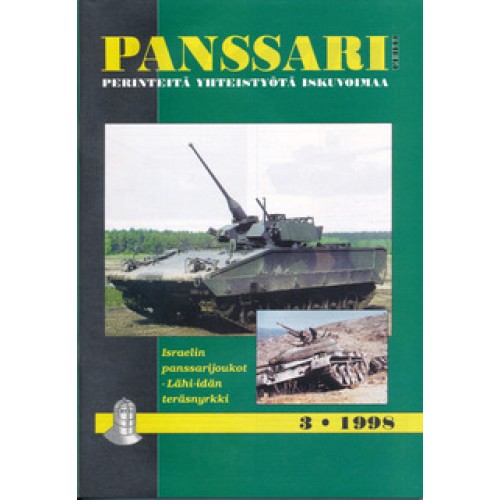On the European side we might have seen the British Army buy into the Eurocopter Tiger or the A129 Mangusta attack helicopter. There was a long term aim to replace all the Sea King, Puma and Lynx with the new Merlin 'battlefield taxi'.
IIRC the AAC was pretty dismissive of the Tiger and Mangusta, and always wanted Apache as the Lynx attack helicopter replacement.
There was certainly no appetite for Merlin as a support helicopter in the RAF - they viewed it as being almost as big as a Chinook for far less capability, and the handful they got were primarily political. The RAF was looking at replacing the Wessex under AST.404, which was originally seen as a straight competition between the WS-70 (an UH-60 with RTM.322 engines) or the Super Puma - then the Westland WG.30 came in as a token domestic design, and NH90 cropped up just as it became apparent nothing was going to happen.
https://en.wikipedia.org/wiki/Air_Defense_Anti-Tank_System
Not technically cancelled, because they did enter service with the Canadian Forces in small numbers, but the US was planning to purchase a few hundred before cancelling their orders in the early '90s.
Bradley ADATS would certainly come along. Bradley LOSAT might well see service replacing TOW in the anti-tank companies of mechanized battalions. EFOGM probably would come along (IOTL it was a higher priority than LOSAT), presumably with the M113-based heavy fire unit. Things like the M4 Command and Control Vehicle and the M1070 Electronic Fighting Vehicle seem highly likely too. Longer term, TRACER/FSCS would hopefully make it into production in the early 2000s, along with Crusader, the Block III tank (mandatory if the Soviets produce Object 477 or Object 195) and the Future Infantry Fighting Vehicle. In the UK, a Challenger 1/Challenger 2 mixed fleet was planned, and I suspect that the L/52 upgrade to AS90 would have come along. Presumably the FV432 replacement would have been pursued at a less glacial pace than OTL too.
On the naval front, SEAWOLF would eventually be replaced by something like VIRGINIA - there was a lot going on in that timeframe technologically that made the SEAWOLF approach very difficult to modernise. A new boat would be necessary to incorporate newer technology. A full build of 24 OHIOs, unless arms control blocks that, about thirteen CVNs - there are two 'gaps' in the NIMITZ-class build schedule that are easy to fill - and successors to the SPRUANCE and TICONDEROGA classes. Not necessarily ZUMWALT as we know her, there was a lot of post-Cold War logic in that. No arsenal ships, and the battleships would have decommissioned. The Royal Navy would have got its' two new carriers slightly earlier (probably 2012 & 2015 as originally planned), avoided the crunch in surface combatant numbers, and probably also that in submarine design and construction. Very likely nine UPHOLDER class in RN service alongside eighteen SSN and four VANGUARD class. The French will get their second CVN and the third and fourth HORIZON class destroyers.

